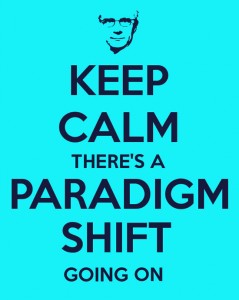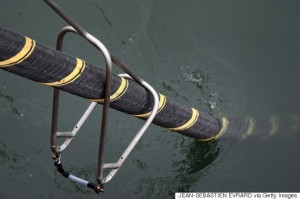Social media, the place that seems like a fantasy land. Everyone is happy and everyone puts forward their best image. At least, that is how it appears. However, how close is the image we put forward related to how we feel in real life? That is truly the million-dollar question. For some people, their appearance on social media shows they are the happiest person in the world, but in reality… the case is quite the opposite. Madison Holleran may be the best know example of this.
I remember hearing about her two years ago. After hearing what everyone said about her, I thought to myself: “How can she be depressed. It’s like she had it all.” How do we know when we have it all though? Everyone’s goals and perspectives on life are different. For Madison Holleran, what she had wasn’t what it was made out to be.
Madison Holleran was a graduate of Northern Highlands in New Jersey. She was a member of two state championship winning soccer teams, state champion in track for the 800 meter, and considered an outstanding student. Her accomplishments earned her notice by Pennsylvania University, where she ultimately went to college and joined the track & field team. According to many people in her life, she was always happy and smiling. However, that changed her freshmen year of college. She wasn’t as happy and never smiled, even though her pictures on Instagram were different. On social media, she appeared happy and in control of her life; but, in reality, she was fighting a battle with depression. People thought she was okay as they looked at her photos; but had they seen her in person, they would have experienced something different. Madison thought her friends were happy as well, but they too were experiencing the same struggles she was.
In “The Circle” we see a similar situation with Annie. After her experience with PastPerfect and the truths she discovers about her past, Annie experiences crippling depression. To many, who only see her social media account, she is still the usual happy Annie. To Mae, Annie can’t recover, is not herself, and goes into a coma.
We can compare these events and their implications to our lives as well. Many people that you know may be putting a happy image up on social media, but they are truly feeling down. I know I have done it and I’m sure many of you who read this have done the same. People want to appear happy online and they want people to think they are okay. They want to put forward that false face.
I barely post online. I don’t find social media particularly interesting, as I feel people are fake online, and I constantly worry what people are thinking about me when they view my profile. I’m sure many of you agree that the best way to get to understand and know someone is through person-to-person interaction. Online profiles only give us a limited view into each other’s personality and interests. Online we can portray ourselves as who we want to be. For me, I could appear more outgoing and social, but in reality, I sit in my dorm all day and keep to myself. A positive aspect of social media is that you can be whoever you want to be online. However, that can turn into a negative as well. If people rely on social media to get to know you, then they never really know you. Or, people will think everything in life is going great for you because they are just using your online profile and the happy images you put forth. When, in fact, you could be contemplating the ways in which you want to end your life. Then people never know if you need help.
While social media has increased our ability to connect with people around us, we have to be careful about how much importance we place into it when we are judging how people feel. As they say, “The saddest people smile the brightest.” In some instances, the happiest online profiles could belong to the saddest people. Finally, if your friends or someone close to you appears to not be themselves, get them some help. Talk to them and let them open up to you. Sometimes, showing the slightest compassion can change someone’s life.



